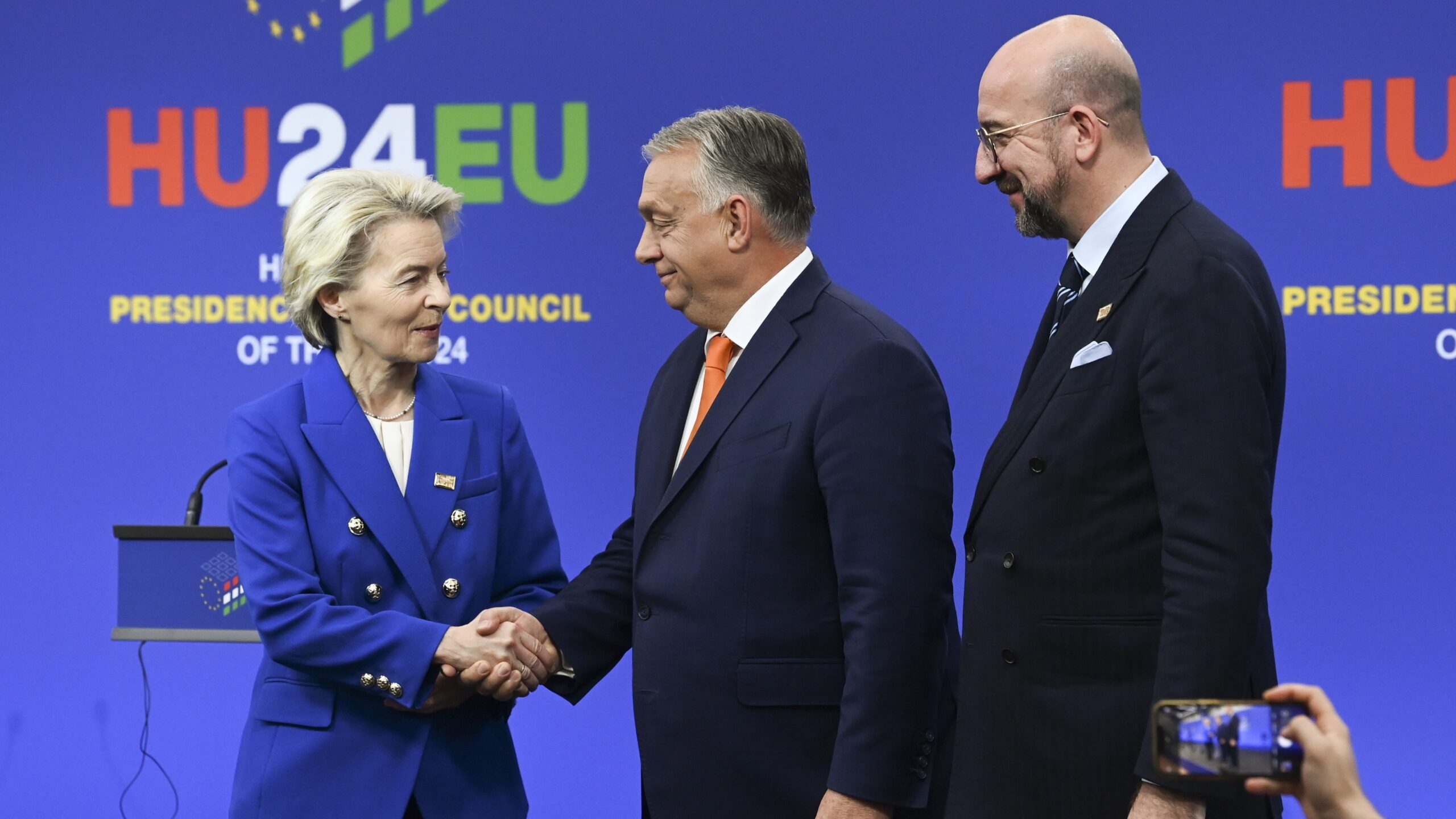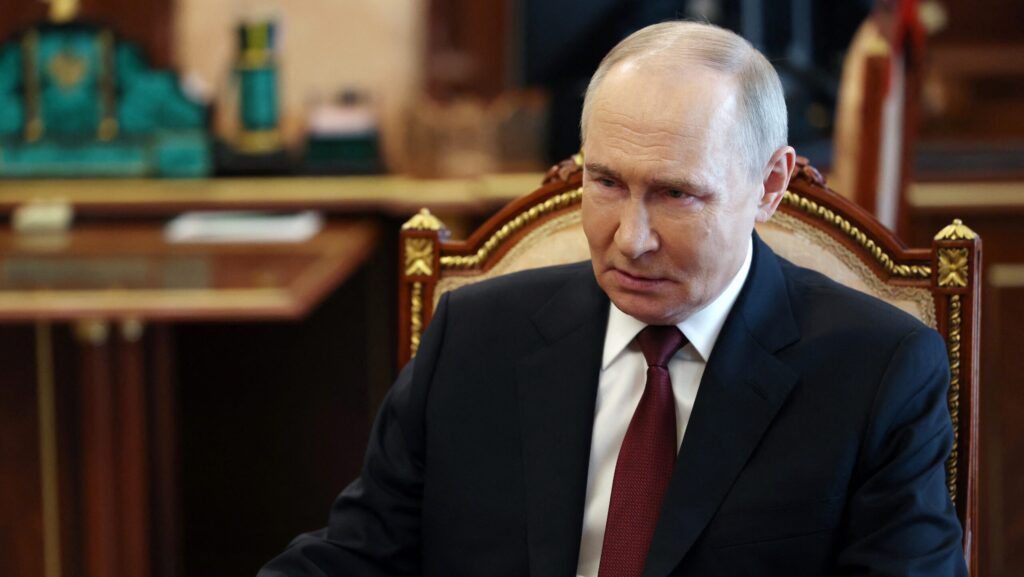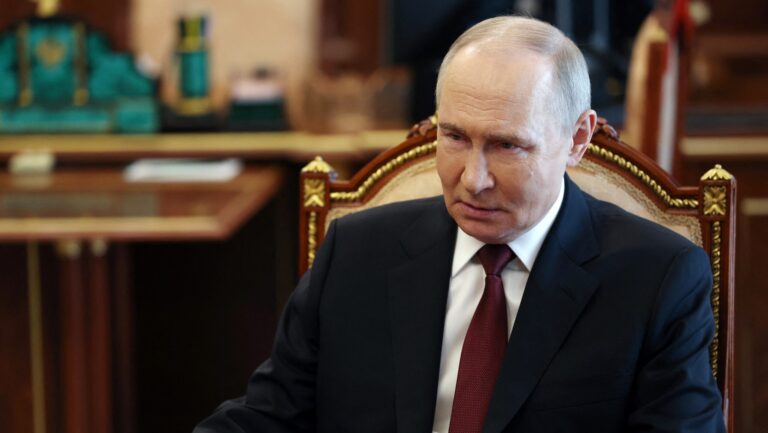Last week European leaders gathered in the Hungarian capital to discuss the continent’s competitiveness problem. As a major achievement of the Hungarian Presidency of the Council of the EU, the Budapest Declaration on New European Competitiveness Deal was adopted. The declaration is one of the most potent European-level pronouncements so far of taking up the challenge posed by competing global players, primarily the United States and China, urging the introduction of financial and legislative measure to match their economic and innovation capabilities.
One of the most pressing issues in enhancing the competitiveness of Europe is the need to optimize defence spending. Europeans now spend much more on defence in the wake of Vladimir Putin’s invasion of Ukraine, with ten European NATO members set to reach the 2 per cent of GDP spending threshold by the end of 2024. These new financial commitments, however, can be easily wasted. Modern weapon systems of cutting-edge technology demand an exponential level of spending for development and production, which can hamstring the capabilities of nation-states if they want to fit out their armies fully with domestically produced equipment, from building tools to jet fighters.
The Cold War and What Followed
When Paul Kennedy warned about the crisis of the Western economies in the late 1980s in his celebrated book The Rise and Fall of the Great Powers, he pointed to the exorbitant and unsustainable level of military spending that was prevalent before the end of the Cold War in Europe. But then the arms race ended with the defeat of the Soviet Union and, with it, the disappearance of the threat that kept European defence spending levels high, crumbling. What followed was decades of military development being pushed to the bottom of the list of priorities in Europe. However, times have changed and for the abovementioned strategic reasons, Europe can no longer postpone decisive investments into the defence sector. With the election of Donald Trump as president of the US last Tuesday it is likely that the new American administration will expect all European states to honour their NATO commitments in the field of defence spending as well. This adds another layer to the issues, which warrants the efficient use of defence financing. By optimizing military spending, Europe can get the ‘most bang for their bucks’ without the exorbitant budgets of the late 1980s. In this sense, the Friday meeting of European leaders in Budapest was crucial, and the passing of the Budapest Declaration is a success.
The Defence Development Principles of the Budapest Declaration
The preliminary draft of the Budapest Declaration had already outlined the core elements of greater industrial and financial integration for the European Union, including the steps to be taken in the field of defence. The initial version called for the European Investment Bank to enhance lending to the defence industry. The final version is less concrete, but also much more focusing on ‘public and private funding’ for the industry. The declaration does not detail the concrete steps in the integration of the industry continent-wide, but at least offers a path for common planning and control over European defence priorities.
True integration is a sensitive topic. Defence industry and defence policy are one of the pillars of sovereignty for nation-states, and thus, throughout the history of European integration, military integration has been one of the slowest-moving fields. This has been the case also because NATO, by and large, has substituted the military wing of European integration throughout the years. Nevertheless, the idea of a common European army surfaces time and again, only to be then abandoned.
Common defence projects have never been the most impactful ones, either. Heavy weapon systems like the Eurofighter Typhoon fighter plane were touted as all-European projects, but a relatively small number of countries adopted them. Consequently, genuine integration and economic success of the projects never materialized.
The new Budapest Declaration apparently wishes to propose something new in this field. Instead of top-level agreements and central planning of specific systems, the Budapest Declaration aims to offer market-based solutions via securing strategic financing. This will assert strategic planning in the process, without making too concrete commitments to programmes or specific systems. Of course, the hope is that these funding opportunities will soon be worked out sufficiently regarding their technicalities. Obviously, richer member states, especially the Western ones, need to allocate more financing to these sectors, and it is not up to the eastern flank to bear the burden. So while lacking in details for the time being, the Budapest Declaration is a good expression of principles.
The Declaration also supports the enhancement of Europe’s defence by supporting research and development across the board. It is well known how the ‘military-industrial complexes’ of the United States and China feed on the cutting-edge research that their industrial and scientific institutes churn out at an exorbitant rate. And it is not only research regarding concrete weapons but the development of all forms of propulsion, materials, and electronic devices, among many other things. The European defence industry will now enjoy the fruits of the commitment on the development of these fields, including the fifth freedom of the mobility of researchers and innovators proposed by the Letta report on European competitiveness.
The new EU-level agreement thus points to a market-based, flexible, and cross-sector enhancement of the all-European defence industry and innovation capability. The question remains which European power centres will be strengthened through these new initiatives in terms of defence spending. Would the new process result in greater supranational power, or will it be strong nation-states to reap the profits? One thing is almost certain: Hungary’s recently upgraded defence industrial base is set to obtain financial opportunities that can strengthen the nation’s overall economy as well as its defence capabilities.
Related articles:








